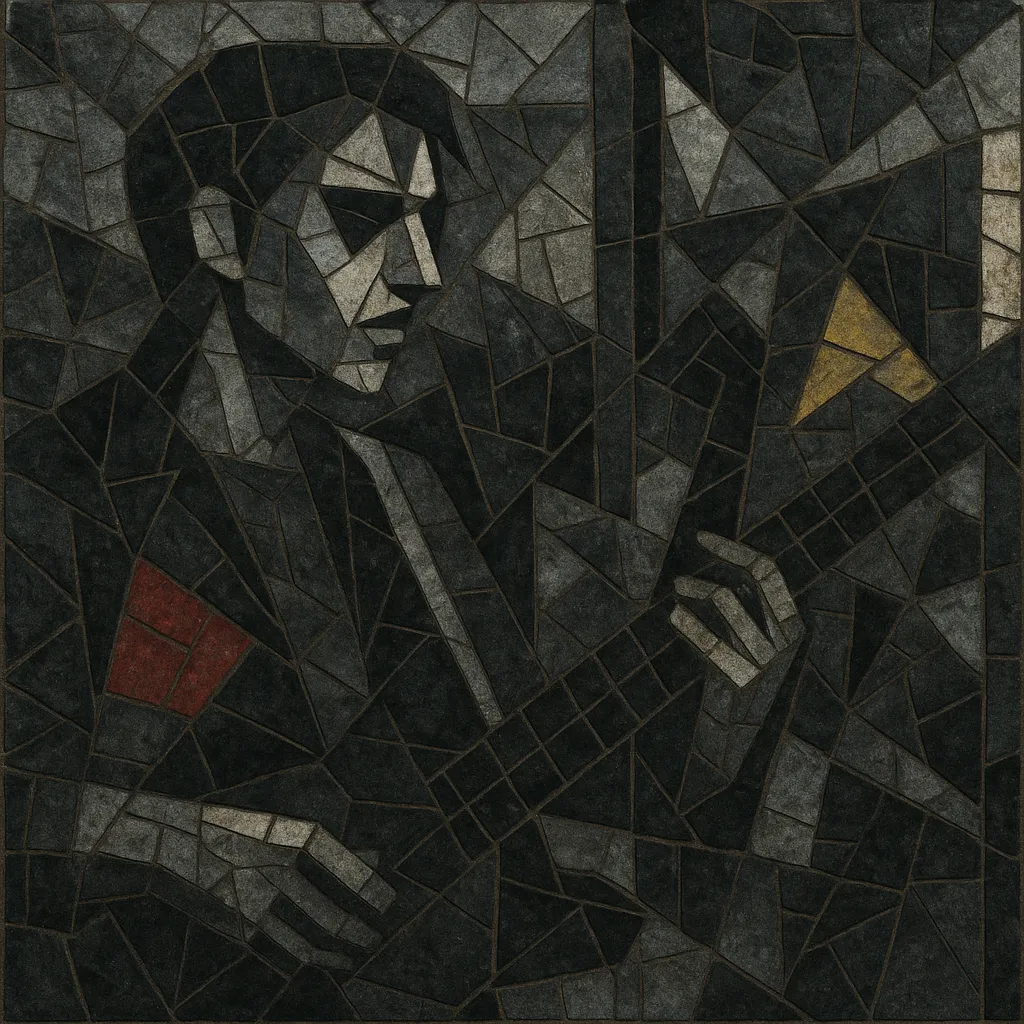Post-punk is a broadly experimental strain of rock that emerged in the late 1970s as artists sought to push beyond the speed, simplicity, and orthodoxy of first-wave punk.
It typically features angular, bass-forward grooves; jagged or minimal guitar lines; stark, spacious production; and an openness to dub, funk, electronic, and avant-garde ideas. Lyrics often examine alienation, urban decay, politics, and the inner life with artful or abstract delivery.
A studio-as-instrument approach, emphasis on rhythm section interplay, and an appetite for non-rock textures (tape effects, drum machines, found sound, synths) distinguish the style. The result can be danceable yet tense, cerebral yet visceral, and emotionally restrained yet intensely expressive.
Post-punk arose in the United Kingdom in the aftermath of the 1976–77 punk explosion, when musicians embraced punk’s DIY ethos but rejected its musical limitations. Early pioneers such as Public Image Ltd (John Lydon’s post–Sex Pistols project), Wire, Magazine, Siouxsie and the Banshees, The Fall, and Joy Division fused punk urgency with dub production, funk rhythms, Krautrock repetition, and avant-garde textures. Independent labels and scenes—Factory Records in Manchester, Rough Trade and Mute in London, and Fast Product in Scotland—were crucial incubators.
Producers like Martin Hannett emphasized space, ambience, and studio manipulation—treating the recording environment as an instrument. The bass and drums drove songs with clipped, syncopated patterns while guitars became percussive, dissonant, or minimal. Synthesizers, early drum machines, tape delay, and non-traditional song structures signaled a turn toward experimentation and art-school sensibilities.
By the early 1980s, post-punk’s influence spread across Britain, continental Europe, and North America. It overlapped with and helped spawn related movements: gothic rock’s dark atmospheres, synth-pop’s electronic hooks, new wave’s pop polish, industrial’s abrasive sonics, and noise rock’s confrontational edge. Labels like 4AD and Postcard, and New York hubs like 99 Records, connected post-punk to dance-punk and no wave currents.
Post-punk’s experimental, rhythm-forward, and studio-savvy mindset became a pillar of alternative and indie rock. The 2000s saw a high-profile post-punk revival, with bands channeling the taut grooves and stark melodicism of the late ’70s/early ’80s. Today, its influence persists in dark wave, shoegaze-adjacent sounds, and contemporary indie that favors bass-driven minimalism, repetition, and mood-driven production.


